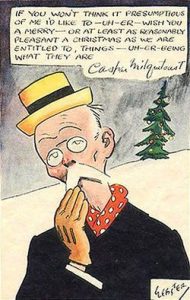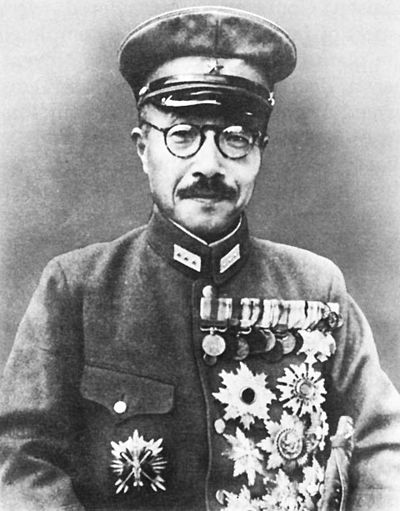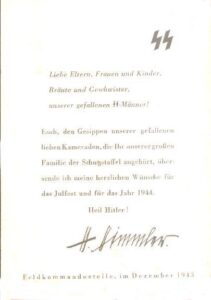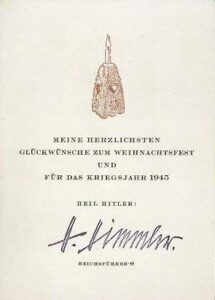Author: gerryadmin
December 24
1294
The election of a dreadful pope
Benedetto Caetani (1230-1303) was an ambitious Italian churchman, serving the papacy as a diplomat, lawyer and cardinal. In 1294 he convinced the unworldly (or perhaps simple-minded) Pope Celestine V to resign and was elected pope in his place, taking the name Boniface VIII. Celestine was arrested and soon died in jail. At his coronation two kings led the pope’s horse and later served him at the banquet – symbolic to Boniface of papal superiority over mere monarchs. His reign was marked by quarrels with political leaders in Italy and with cardinals who opposed his election – he excommunicated some of them and ordered their home town burnt down and the land sown with salt.. He interfered in the politics of Scotland, Germany and Hungary and excommunicated the King of Denmark. But Boniface’s biggest fight would come in his struggle with England and France.
One of the most jealously guarded privileges of the medieval church was its claim to be exempt from local taxation. This claim always infuriated kings and other secular rulers — the church was by far the biggest landowner in most countries and always one of the wealthiest components in the economy, why should it not pay its fair share of taxes? Because, said the church, we are doing God’s work: we are the ones running the schools and the welfare system; we operate the orphanages and hospitals and leper asylums; we ransom Christian prisoners from the Muslims. The more money kings take from us in taxes is that much less money for the poor.
In the 1290s both the kings of England and France began to tax the holdings of the church in their countries. They were at war with each other, always an expensive business, and both were running larger bureaucracies and court systems than their predecessors, so the need of these nations for cash was greater than ever.
In 1294, Edward I sequestered all moneys found in the treasuries of all churches and monasteries. Soon he bullied the English clergy into giving him one half their incomes. In the following year he called for a third or a fourth, but they refused to pay more than a tenth. When, at the 1296 Convocation of Canterbury the king demanded a fifth of their income, the archbishop, Robert of Winchelsea, in keeping with the new legislation of Boniface, offered to consult the pope, whereupon the king outlawed the clergy, and seized all their property. In France Philip IV seized money set aside by the church for a crusade and instead used it to make war on English holdings in southern France.
Boniface replied in 1296 with a papal bull Clericis laicos which restated the immunity of the church from unwilling taxation (the church often paid “voluntary” donations when under real pressure — in France for example it was customary for the pope to agree to a 10% tax on church income to go to the king) and the automatic excommunication of anyone who tried to enforce it.
Like Edward I, Philip the Fair was constantly in need of money for his wars. And he was prepared to raise it by almost any means. In 1306 he arrested all the Jews in his dominions, and after seizing their property and loan accounts, he had them expelled from France. Edward I had treated English Jews in the same cruel fashion and for similar reasons. Philip likewise despoiled his Lombard bankers. Another of his targets was the rich crusading order of Knights Templars, from whom he had been borrowing heavily. He darkened their reputation by a campaign of malicious propaganda, much of which he may actually have believed. His charge that the Templars venerated the devil was repeated by Edward II of England, and even by the papacy. Philip had more than fifty Templars burned at the stake as heretics, and some of their wealth trickled into the royal treasury – though the papacy was able to keep Philip from most of it and diverted it to the Hospitallers. He launched a similar propaganda campaign, as we will see, against Pope Boniface VIII.
When Boniface issued Clericis laicos, Philip replied by forbidding the export of any money outside the country — if Philip couldn’t get any money out of the French church the pope wasn’t going to be able to either. Philip continued to tax his clergy. At the same time he set his agents to work spreading scandalous rumors about the pope’s morals and exerted financial pressure on Rome by cutting off all papal taxes from the French realm, forcing Boniface to submit for the moment. But a vast influx of pilgrims into Rome in the Jubilee Year of 1300 restored the pope’s confidence. He warned Philip in 1301 that the pope was the Vicar of Christ, who is placed over kings and kingdoms . He is the keeper of the keys, the judge of the living and the dead, and sits on the throne of justice, with power to extirpate all iniquity. He is the head of the Church, which is one and stainless, and not a many-headed monster, and has full Divine authority to pluck out and tear down, to build up and plant. Let not the king imagine that he has no superior, and is not subject to the highest authority in the Church. The French took this as a threat that the pope might depose Philip and throw the French throne open to someone else – an established right of the pope in the Middle Ages – and they cranked up a vicious campaign against Boniface including circulating forged documents.
He withdrew his concession to Philip the Fair on clerical taxation and in 1302 issued the bull Unam Sanctam, which asserted the doctrine of papal monarchy in uncompromising terms in 5 elements: (1) There is but one true Church, outside of which there is no salvation; but one body of Christ with one head and not two. (2) That head is Christ and His representative, the Roman pope; whoever refuses the pastoral care of Peter belongs not to the flock of Christ. (3) There are two swords (i.e., powers), the spiritual and the temporal; the first borne by the Church, the second for the Church; the first by the hand of the priest, the second by that of the king, but under the direction of the priest (ad nutum et patientiam sacerdotis). (4) Since there must be a co-ordination of members from the lowest to the highest, it follows that the spiritual power is above the temporal and has the right to instruct (or establish–instituere) the latter regarding its highest end and to judge it when it does evil; whoever resists the highest power ordained of God resists God himself. (5) It is necessary for salvation that all men should be subject to the Roman Pontiff. No pope had ever before enunciated such claims to power.
Philip the Fair now summoned a kingdom-wide assembly, and before it he accused Boniface of every imaginable crime from murder to black magic to sodomy to keeping a demon as a pet. A small French military force crossed into Italy in 1303 and took Boniface prisoner at his palace at Anagni with the intention of bringing him to France for trial. Anagni, symbolized the humiliation of the medieval papacy. The French plan failed—local townspeople freed Boniface a couple of days later—but the proud old pope died shortly thereafter, outraged and chagrined that armed Frenchmen had dared to lay hands on his sacred person. (His assault is pictured above). Contemporaries found it significant that his burial was cut short by a furious electrical storm.
In Dante’s Inferno Boniface VIII is found in the circle of Hell reserved for the punishment of the financially corrupt.
December 23
The passing of four notorious characters
1948 Hideki Tojo
Tojo was the unacceptable face of Japanese militarism. A veteran of the campaigns in China, Tojo urged war on the USA when America imposed an embargo on Japan because of its expansion on the Asian mainland. He was Army Minister during the decision to attack Pearl Harbor and eventually rose to the position of Prime Minister and Chief of the General Staff. After Japan’s defeat Tojo was arrested for war crimes but failed in a suicide attempt. He was found guilty and executed on this day in 1948.
1953 Lavrentiy Pavlovich Beria
Beria (1899-1953) was a brilliant and much-feared apparatchik in the Stalin regime. At the age of 20 Beria, born a Georgian, joined the Soviet secret police, the Cheka, and participated in the crushing of Georgian independence. He rose through the Party ranks and by 1934 was one of Stalin’s most trusted advisors. As deputy head of the NKVD he helped carry out the purges of the late 1930s and was rewarded with the top NKVD post and a place on the Politburo. He was responsible for the Katyn massacre of the Polish officer class, and aided the success of the anti-Nazi partisan effort, and the development of the Soviet atomic bomb program. When Stalin died, Beria tried to gain popularity by carrying out liberalization but was arrested by his fellows at the top of the Communist Party and shot. He is a central character in the very black comedy The Death of Stalin.
1961 Kurt Meyer
Kurt Meyer (1910-1961) was 20 when he joined the SS, the Nazi elite paramilitary. Attached to its Waffen SS units he served in many major campaigns, steadily winning a series of victories and decorations. An enthusiastic Nazi, he seems to have committed war crimes in the invasion of Poland and the Soviet Union, killing Jews and other innocent civilians. In 1944 his regiment was stationed in Normandy during the Allied landings where they massacred Canadian prisoners of war. Meyer was taken prisoner and after the war tried for the murder of those prisoners. He was found guilty and served time in Dorchester prisoner in New Brunswick. On his release he helped perpetrate the myth that the Waffen SS were not murderous fanatics but plain old soldiers with scarcely a blot on their character.
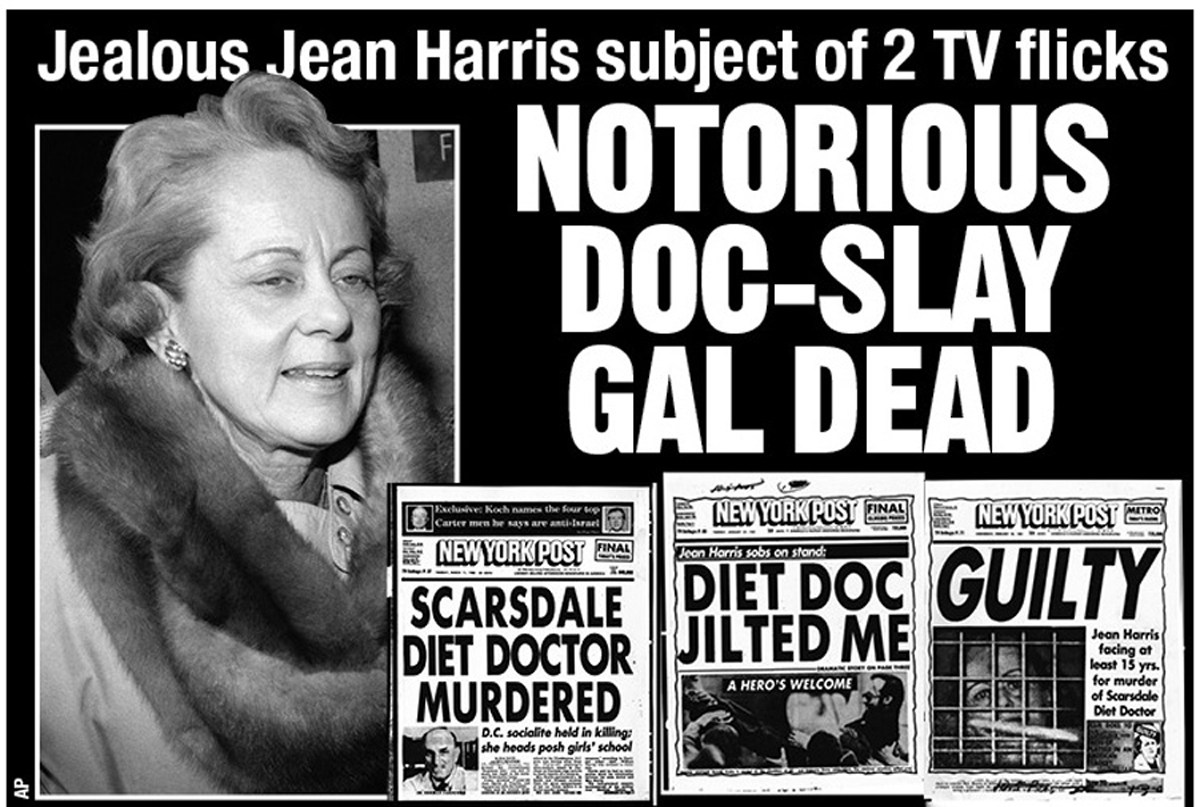
2012 Jean Harris
Jean Harris (1923-2012) was the headmistress of an exclusive private school while she was carrying on an affair with celebrity diet doctor Herman Tarnower. Though she knew that he had often had relations with other women, Harris grew particularly jealous of Tarnower’s latest flame, his much-younger receptionist. On March 10, 1980 she drove to his home and shot him dead. At her trial she claimed that she had intended to commit suicide but in a struggle the gun had accidentally discharged into Tarnower’s body four times. Harris was found guilty of second-degree murder but only served 11 years before being released.
December 22
1095 Birth of Roger II of Sicily
The Normans were a scurvy crew. Essentially Vikings with a haircut, they spread from the territory they had extorted from the King of France in 911 all across Europe, North Africa and the Middle East. They were banditti, mercenaries, and crusaders, eventually setting up kingdoms in England, Ireland, southern Italy and the Levant. The most glorious of these was the Kingdom of Sicily, wrested from the Muslims who had invaded the island in the 9th century. For a couple of glorious centuries the Normans ran a nation blending the best of Catholic, Byzantine, Jewish, Lombard and Muslim art, law, architecture and statecraft. Its capital at Palermo was the largest city in Europe and visitors today still marvel at churches such as the Cappella Palatina featured above.
The Capella was commissioned by the first king of Sicily, Roger II, whose birthday is today. His state was multi-relgious and tolerant and to his court came scholars, scientists and artists from around the Mediterranean. His armies and fleets warred against the Byzantine empire and against Arab powers, from whom he successfully conquered a section of the North African coastline. He died in 1154.
December 21
69 AD Vespasian becomes Roman Emperor
The Julio-Claudian family had ruled Rome since 31 BC and in that century only the dynastic founder Caesar Augustus was a success. His heir Tiberius started off well but became a corrupt and murderous tyrant. He was followed by Caligula, a corrupt and murderous madman. Next came Claudius, a well-meaning idiot poisoned by his wife to pave the succession of her son Nero. Nero’s crimes include the murder of his step-brother, mother, two wives and a host of Christians. In the year 68 the armies of Rome rebelled. Nero committed suicide, lamenting that Rome was losing a great poet in him, but no clear successor emerged. This brought about The Year of Four Emperors, as general after general claimed the imperial crown and was defeated by the next army leader. So hail and farewell to Vitellius, Otho, and Galba in short order. Surviving this round of civil wars was Titus Flāvius Caesar Vespasiānus Augustus, the founder of the Flavian dynasty.
Vespasian came from a new-money family with few influential connections. He rose slowly through political office but did better as a general, winning fame in the invasion of Britain and later in putting down the Jewish revolt in 68. The coin above reads “Judea Conquered”. Watching the civil war back in Rome, Vespasian believed that he should try his luck and he moved his army to seize the Egyptian grain supply which fed Rome while other armies of his supporters moved on the capital. On this date in 69 the Senate declared him Emperor.
Vespasian is known as a sane man and careful with money. His tax on urine (used in the tanning business) prompted the charge that an emperor should be above making money out of piss. His reply was pecunia non olet — money has no smell — and to this day urinals in France are called vespasiennes. Loot from Israel and the Jerusalem Temple helped him build the Colosseum, with the help of thousands of Jewish slaves who were killed in celebration of the arena’s opening.
When he was dying, aware that defunct Roman emperors were routinely deified, he cried, “Oh dear. I think I’m becoming a god.”
December 20
Trapped inside the doomed “cauldron” at Stalingrad, Wehrmacht pastor Kurt Reuber drew a charcoal picture of the Madonna and Child on the back of a map and labelled it “Life, Light and Love, Christmas in the Cauldron Fortress Stalingrad 1942”. He took it from bunker to bunker to cheer the troops at Christmas 1942. Reuber described the effect on displaying it:
When according to ancient custom I opened the Christmas door, the slatted door of our bunker, and the comrades went in, they stood as if entranced, devout and too moved to speak in front of the picture on the clay wall. …The entire celebration took place under the influence of the picture, and they thoughtfully read the words: light, life, love. …Whether commander or simple soldier, the Madonna was always an object of outward and inward contemplation.
The work was sent out on the last transport plane to leave the siege but the artist was left with the rest of the Sixth Army to fall captive to the Soviets. Reuber died in a Russian prisoner of war camp in 1944. The picture was suppressed by Nazi officials during the war but is now on display in Berlin’s Kaiser Wilhelm Memorial Church.
December 19
December 18
A couple of Christmas cards from the head of the SS, Heinrich Himmler. Note that in the 1943 card he refers to the holiday by its name “Julfest” but in the next year he uses the usual German name for Christmas “Weihnachten”. The graphic in the 1944 card is the “Julleuchter”, a candle holder with Nazi symbols, often made in concentration camps.
December 17
2011 Self-immolation of Mohamed Bouazizi
What makes man want to die by setting himself on fire? In the case of a particular Tunisian street vendor, it was a life of grinding poverty made worse by police harassment and extortion.
Mohamed Bouazizi was born in 1984 to a poor family in Sidi Bouzid in rural Tunisia. Unable to finish high school, he supported himself and his family by buying vegetables on credit and then selling him on the street from his wheel-barrow. On a number of occasions he had run-ins with the police who would confiscate his goods or demand bribe money, actions that threatened his very precarious livelihood. On the morning of December 17, 2010, Bouazizi was allegedly harassed by police who slapped him around and confiscated his produce and electronic scale. He attempted to protest to local officials who refused to hear him out. At this point he threatened to set fire to himself if his scale were not returned and when it was not, he purchased some gasoline. He returned to the square outside the governor’s offices, poured the gas over himself and set it alight. Onlookers tried to save him but the burns were so intense that he remained in a coma 18 days before he died of his injuries.
His actions prompted widespread protests in Tunisia, where disgust with corruption and autocracy had reached a boiling point. The ruler Ben Ali was forced to flee to Saudi Arabia and a wave of popular discontent known as the Arab Spring broke over the Middle East and North Africa. Governments fell or were forced to make concessions to the people. Bouazizi was treated as a hero in the West; streets were named after him; human rights prizes were awarded posthumously and films celebrated his actions. Alas, the Arab Spring flourished only briefly and, before too long, tyranny and corruption were the norm again.
December 16
The Feast of St Adelaide of Burgundy (931-999).
Even princesses need patron saints.
The actual tangled lives of the royal families of medieval Europe are not far different from episodes in The Game of Thrones, though with fewer dragons. Adelaide was born into the ruling family of Burgundy and was married at age 15 to the head of a rival kingdom, Lothair II. When Lothair was poisoned, his murderous successor tried to make the royal widow marry his son but Adelaide refused and was thrown into prison. She managed to contact Otto, King of the Germans, who not only secured her release but married her. In 962 Otto was crowned Holy Roman Emperor and Adelaide became an empress. After Otto’s death she experienced difficulties with her daughter-in-law and was forced into seclusion on several occasions but spent much time in charity, founding monastic institutions and sponsoring attempts to Christianize pagan barbarians of the north.
Adelaide, because of her position and many adventures, is the patron saint of (in alphabetical order) abuse victims; brides; empresses; exiles; in-law problems; parenthood; parents of large families; princesses; prisoners; second marriages; step-parents; widows.
